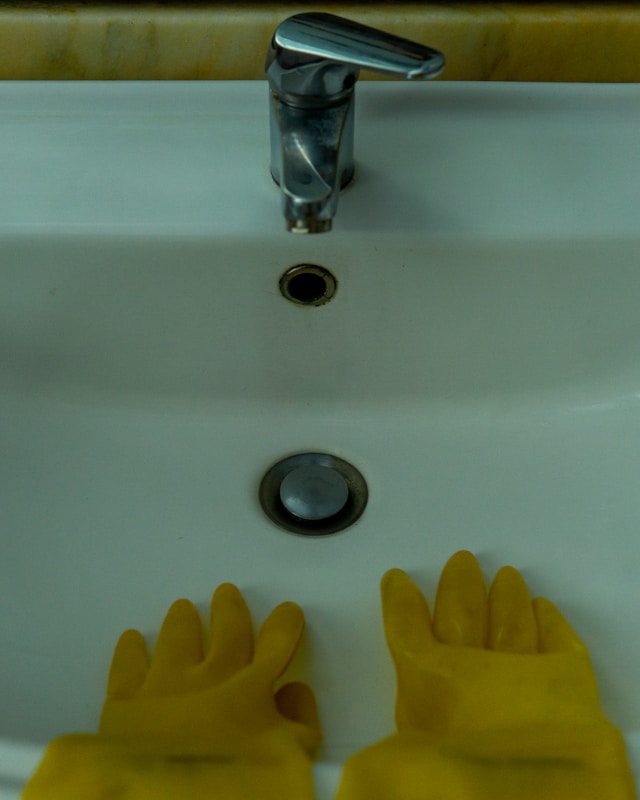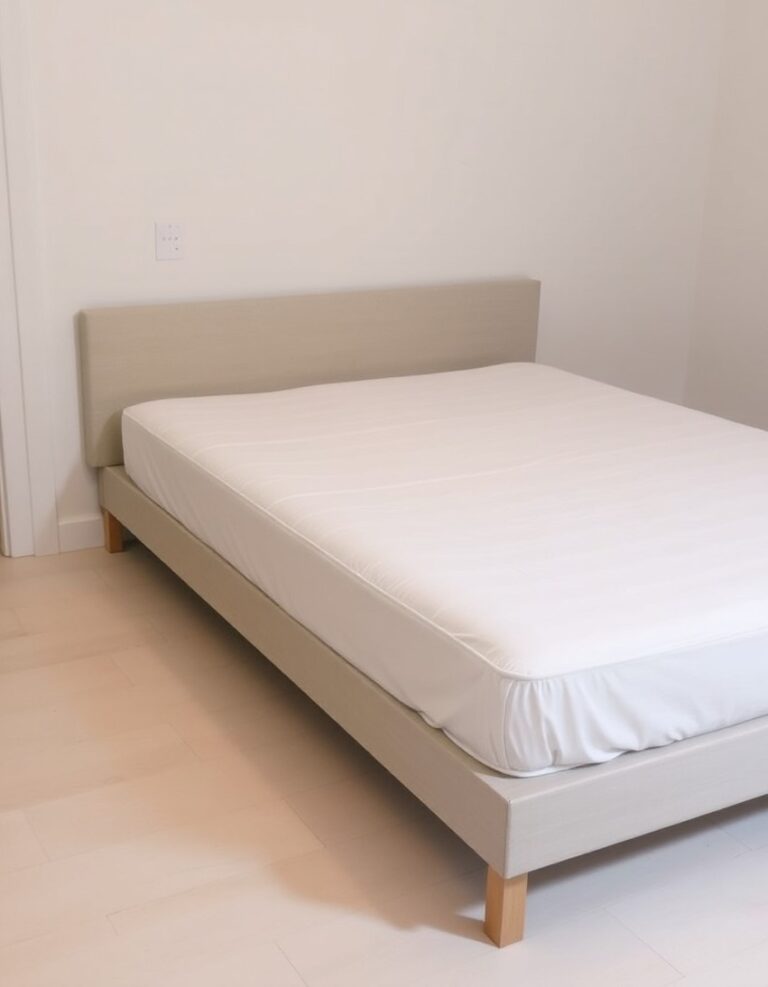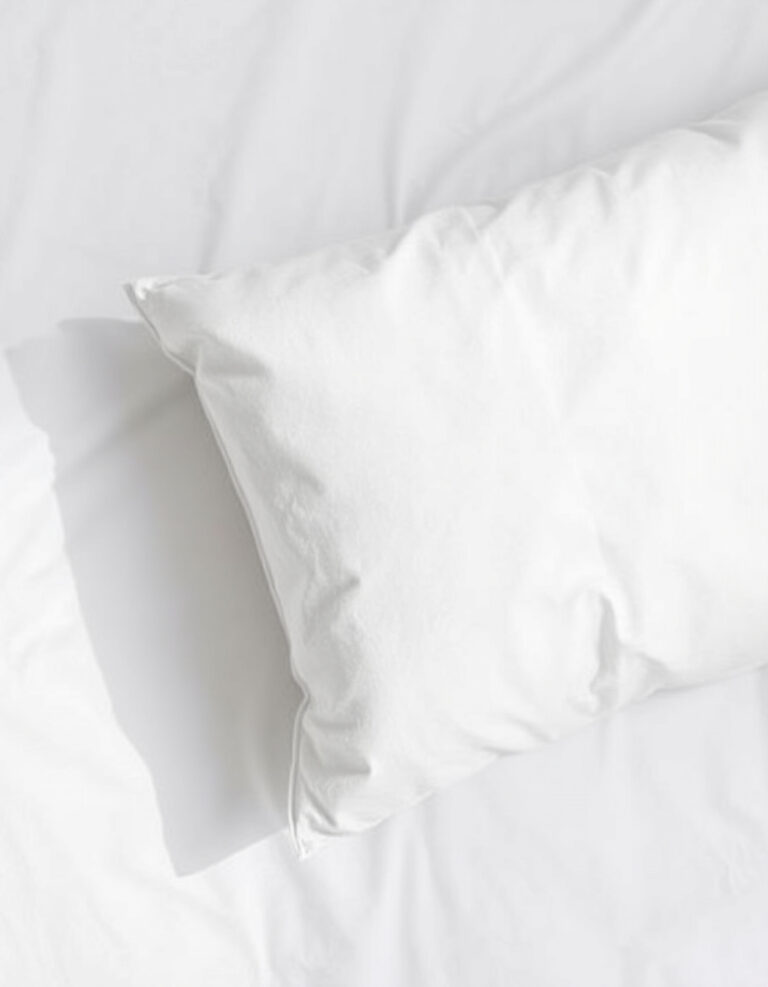Sweltering summer nights can turn your bedroom into an uncomfortable furnace, making it difficult to get a good night’s sleep. If you’re wondering how to keep your bedroom cool without AC, you’re not alone. Many homeowners seek effective alternatives to air conditioning due to high electricity costs, environmental concerns, or rental restrictions.
The good news? You can significantly lower your bedroom temperature using strategic cooling techniques that don’t require expensive air conditioning units. These methods range from simple household modifications to affordable home improvements that provide lasting comfort.

Understanding Heat Sources in Your Bedroom
Before exploring cooling solutions, it’s essential to identify what’s heating up your space. Common heat sources include:
- Direct sunlight streaming through windows
- Electronic devices generating thermal output
- Poor ventilation trapping warm air
- Heat-absorbing materials like dark fabrics and heavy curtains
- Body heat from multiple occupants
- Inadequate insulation allowing exterior heat transfer
1. Optimize Your Window Treatments
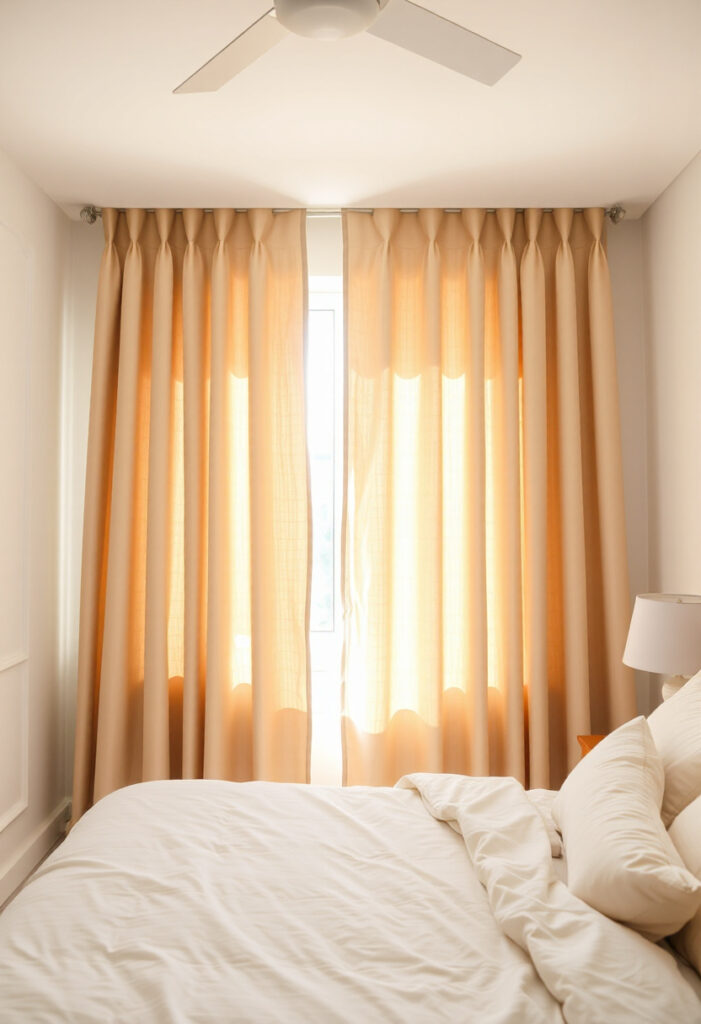
Strategic window management is your first line of defense against bedroom heat. During daylight hours, close blinds and curtains on sun-facing windows to block heat before it enters your room.
Install reflective window film or temporary aluminum foil on windows that receive direct sunlight. This simple modification can reduce heat gain by up to 70%. For a more permanent solution, consider installing exterior awnings or shutters that block sunlight before it reaches your windows.
Blackout curtains serve a dual purpose: they block light for better sleep while also providing thermal insulation. Choose light-colored curtains that reflect rather than absorb heat.
2. Create Strategic Cross-Ventilation
Proper airflow is crucial for natural bedroom cooling. Open windows on opposite sides of your room during cooler evening and early morning hours to create cross-ventilation. This technique allows hot air to escape while drawing in cooler outdoor air.
Position fans strategically to enhance this natural airflow. Place one fan blowing air out of one window while another draws cool air in from the opposite side. This creates a cooling wind tunnel effect that can drop room temperature by several degrees.
3. Use Fans Effectively
Ceiling fans should rotate counterclockwise during summer months to push air downward, creating a wind-chill effect that makes you feel cooler. If you don’t have a ceiling fan, portable fans can be equally effective when positioned correctly.
Try the ice fan technique: place a bowl of ice water in front of a fan to create a DIY evaporative cooler. As the ice melts, the fan will blow cooler, more humid air around your room.
Tower fans work exceptionally well for bedrooms because they’re quiet, space-efficient, and provide consistent airflow at sleeping height.
4. Choose the Right Bedding Materials
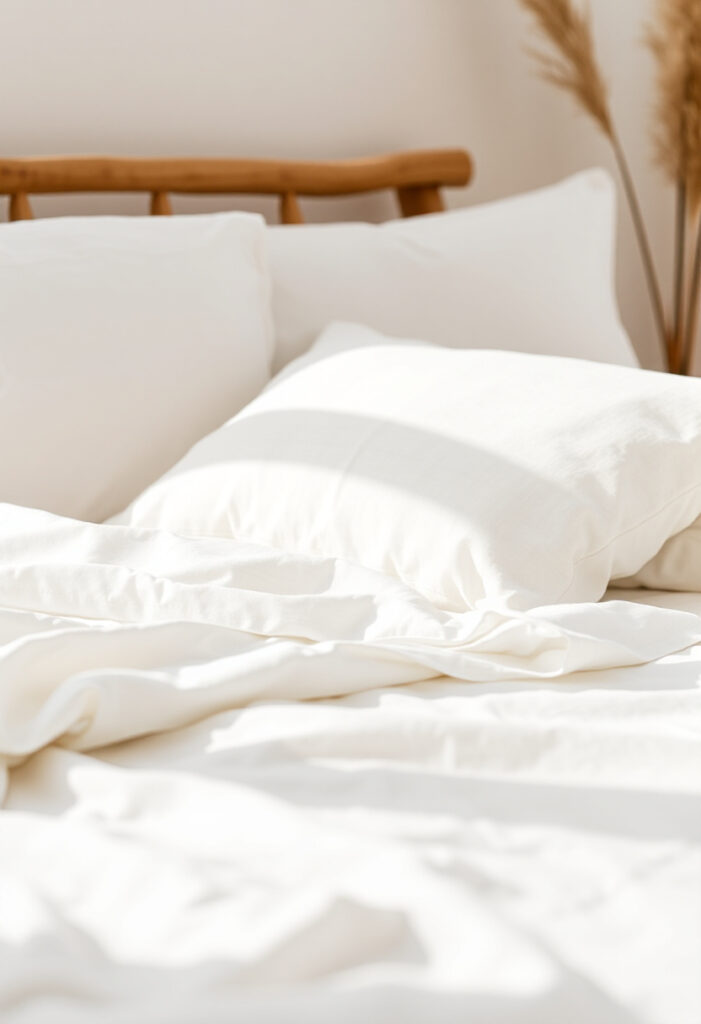
Your bedding choices significantly impact nighttime comfort. Natural fiber sheets like cotton, linen, and bamboo are more breathable than synthetic materials. These fabrics allow air circulation and moisture wicking, preventing heat buildup around your body.
Percale weave cotton sheets are particularly effective for hot sleepers because they have a crisp, airy texture that promotes airflow. Avoid flannel, microfiber, and high thread count sheets that trap heat.
Consider investing in a cooling mattress pad or gel-infused memory foam topper designed to regulate body temperature throughout the night.
5. Minimize Heat-Generating Electronics
Electronics produce surprising amounts of heat, even when not in active use. Unplug devices you’re not using, especially in the bedroom. Televisions, gaming consoles, computers, and phone chargers all generate thermal output that contributes to room temperature.
If you must keep electronics in your bedroom, ensure they have adequate ventilation space and consider using smart power strips that completely cut power to devices when they’re not needed.
6. Try the Frozen Sheet Method
This unconventional cooling technique provides immediate relief on extremely hot nights. Place your sheets and pillowcases in plastic bags and freeze them for 10-15 minutes before bedtime. The initial coolness will help lower your body temperature as you fall asleep.
While the cooling effect is temporary, it can provide the comfort needed to drift off during the hottest part of the evening.
7. Use Water for Evaporative Cooling
Evaporative cooling works by using water evaporation to remove heat from the air. Place shallow pans of water around your room, or hang damp towels near open windows where airflow will accelerate evaporation.
A wet towel placed on your neck or feet before bed can provide immediate cooling relief. The evaporation process draws heat away from your body, lowering your core temperature.
8. Address Exterior Heat Sources
Outdoor heat reduction can significantly impact indoor temperatures. If you have control over your building’s exterior, consider:
- Planting shade trees or large bushes near bedroom windows
- Installing exterior window shades or awnings
- Using light-colored roofing materials that reflect rather than absorb heat
- Ensuring proper attic ventilation to prevent heat buildup
9. Create DIY Air Conditioning Alternatives
Homemade cooling systems can provide temporary relief when temperatures soar. Fill a large bowl with ice water and position a fan to blow across the surface, creating an evaporative cooling effect.
Another option is the wet towel air conditioner: hang damp towels in front of open windows where incoming air will pass through the moisture, cooling as it evaporates.
10. Consider Your Mattress and Pillows
Heat-trapping sleep surfaces can make hot nights unbearable. Memory foam mattresses are notorious for retaining body heat. If replacing your mattress isn’t feasible, invest in a cooling mattress topper made from gel-infused foam or natural latex.
Cooling pillows filled with gel, buckwheat hulls, or shredded memory foam with cooling gel provide better temperature regulation than traditional down or solid foam pillows.
Questions & Answers
How much cooler can I make my bedroom without air conditioning?
Using multiple cooling strategies simultaneously, you can typically reduce bedroom temperature by 5-10 degrees Fahrenheit compared to doing nothing. The exact reduction depends on your room’s size, insulation, and exterior conditions.
What’s the most effective single method to cool a bedroom naturally?
Creating cross-ventilation with strategically placed fans is usually the most effective single technique. This method moves hot air out while drawing cooler air in, providing continuous temperature reduction.
Are cooling mattress pads worth the investment?
Yes, quality cooling mattress pads can make a significant difference for hot sleepers. They provide consistent temperature regulation throughout the night and are much more affordable than replacing an entire mattress.
How do I keep my bedroom cool during the day when I’m not home?
Close all curtains and blinds before leaving, ensure windows are closed during peak heat hours, and unplug unnecessary electronics. Consider using programmable fans set on timers to circulate air periodically.
Can plants help cool my bedroom?
Yes, plants naturally cool air through transpiration, but the effect is minimal in small spaces. Large leafy plants like peace lilies or snake plants can provide slight cooling while improving air quality.
Is it safe to sleep with frozen water bottles?
Yes, placing frozen water bottles at your feet or against pulse points can provide cooling relief. Wrap them in thin towels to prevent direct skin contact and potential frostbite.
How often should I change my cooling strategy?
Adjust your cooling methods based on daily weather conditions. Use more aggressive techniques during heat waves and scale back during milder weather to maintain comfort without overcooling.
What’s the ideal bedroom temperature for sleep?
Sleep experts recommend keeping bedrooms between 60-67°F (15-19°C) for optimal rest. Without AC, aim to get as close to this range as possible using the methods outlined above.

